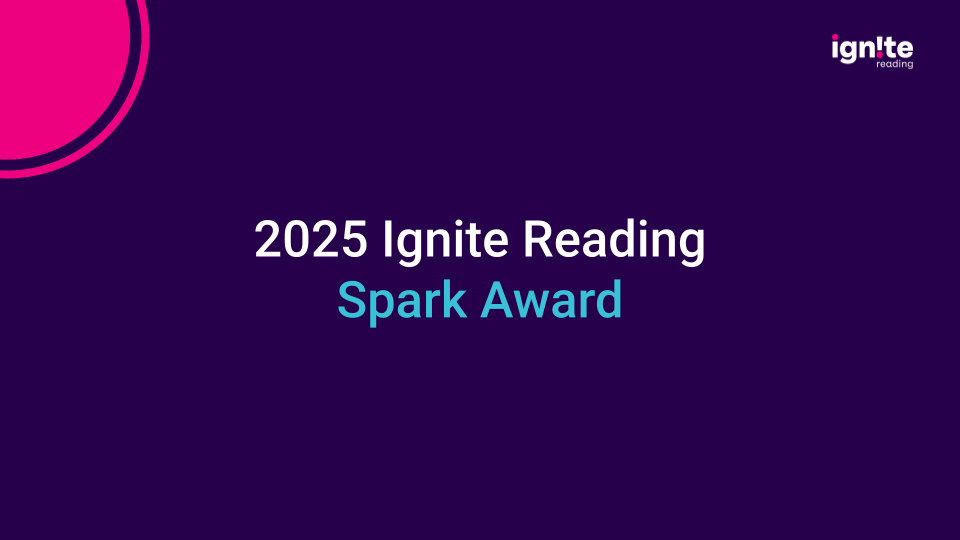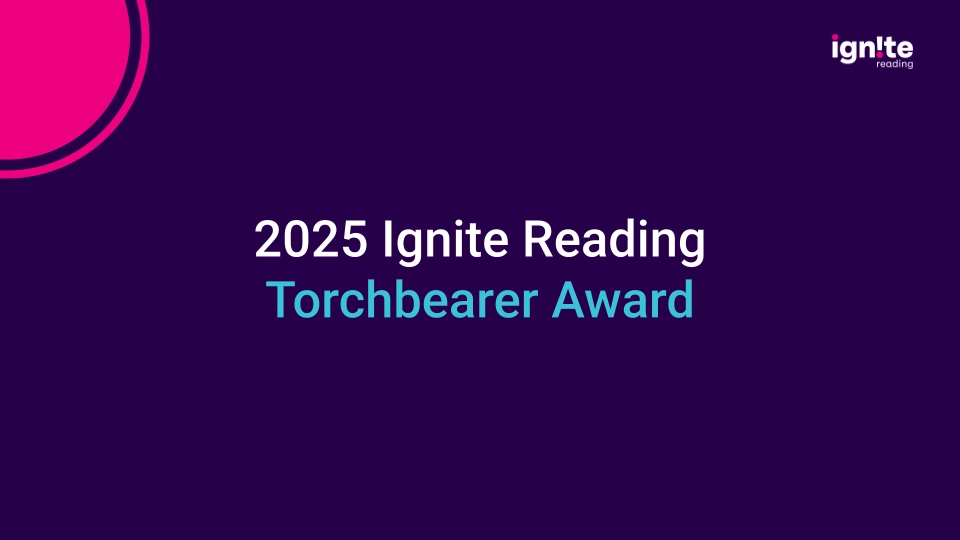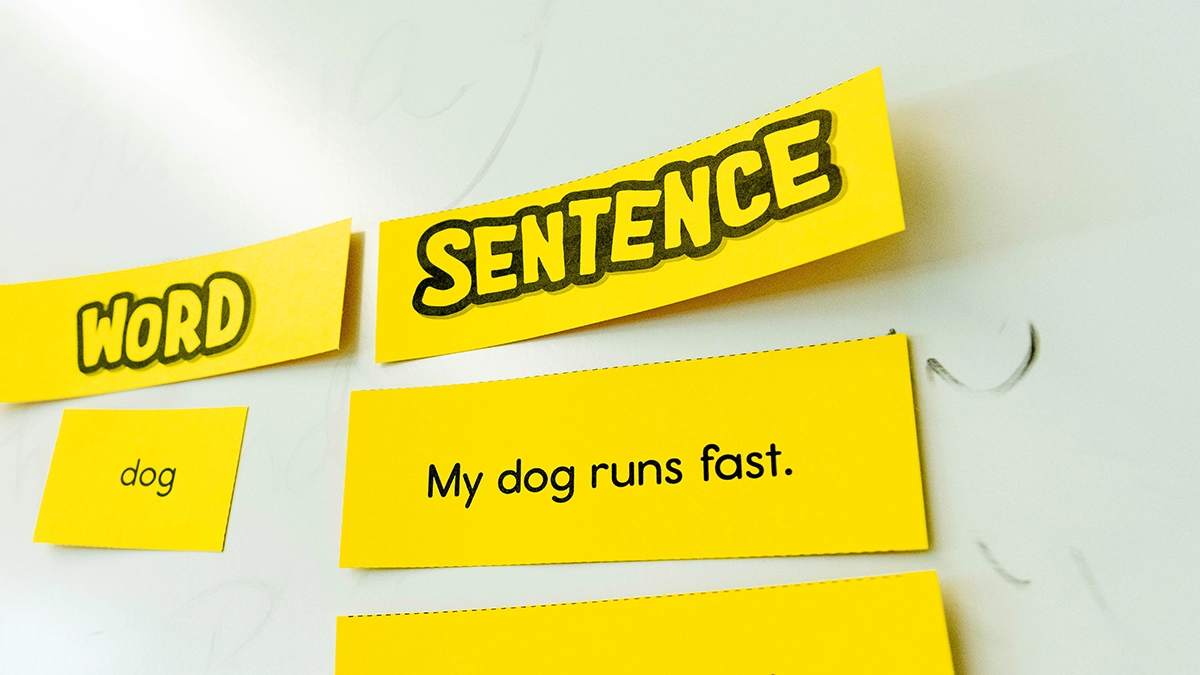Have you been hearing the phrase “explicit and systematic instruction” more and more in early literacy conversations?
The question of how to improve student reading outcomes has taken center stage in educational and legislative circles in recent years, and experts touting the benefits of systematic (and explicit) instruction — a critical component of structured literacy — have followed suit.
As more districts embrace this approach for K-5 literacy instruction, many educators are pondering what the change will mean for them.
For instructional staff, shifting to a systematic reading instruction approach can feel like learning how to teach all over again. It’s emotional, it’s frustrating, and it’s yet another thing to add to the never-ending to-do list.
Change is hard, but we promise you aren’t starting back at square one. Instead, you’re making a bold move for the good of your students.
Here’s what you need to know about systematic instruction, why it’s effective for teaching kids how to read, and what it can add to your literacy instruction to help kids thrive.
What Is Systematic Instruction?
Imagine sitting down at a piano and attempting to play Happy Birthday when you have yet to learn the individual keys. You’d likely have little to no success producing the common tune without this basic understanding of piano playing.
Students who are learning to read need to follow a similar path, first forming a solid foundation of the basics before advancing to more advanced concepts. This is why a systematic instruction approach to reading instruction is so important.
Put simply, systematic instruction is a method of teaching skills in a logical, sequential order. Skills are introduced in order from simple to more complex, enabling students to first build a solid base of skills that they will draw on as they advance academically.
Although it can be used to teach a myriad of concepts, systematic instruction is particularly effective for teaching students how to read, and it’s a key component of what’s known as structured literacy, a method of teaching reading skills that’s both systematic and explicit (more on this later).
While structured literacy instruction was first introduced by the International Dyslexia Association in 2014 to describe the methods that can best help students with dyslexia learn to read, the explicit and systematic nature of the approach have since become the gold standard for teaching all kids how to read.
It requires using high-quality curricula that teach kids to read in a logical sequence, moving from basic concepts, like phoneme recognition, to more complex ones, like decoding words composed of multiple syllables.

Analyzing the System
When members of the National Reading Panel conducted a meta-analysis of 38 studies (66 treatment-control comparisons) of phonemic awareness instruction, they concluded “systematic phonics instruction enhances children’s success in learning to read” and “systematic phonics instruction is significantly more effective than instruction that teaches little or no phonics.”
Explicit and Systematic Instruction
OK. Structured literacy is both systematic and explicit, but what does that mean, exactly?
While systematic instruction refers to the logical sequence of teaching, explicit instruction focuses on how clearly and directly those skills are taught. The two approaches work hand-in-hand in effective literacy instruction.
Teachers using explicit instruction don’t leave anything to chance. They are clear and direct in their instruction, so students know exactly what they’re learning, why it matters, and how to apply it.
Explicit vs. Implicit Instruction
If explicit and systematic instruction is clear and direct, then it’s likely no surprise that implicit instruction is the exact opposite. This instructional method is more of a “learn by exposure” or “learn by doing” approach.
Think about learning how to draw.
With implicit instruction, an instructor might walk you through each step of creating a new sketch. Then again, they might not. You may receive a few lessons on the fundamentals of creating lines or establishing the right proportions. Then again, they may skip this instruction in favor of teaching you about different artists and art styles, or challenging you to study famous works of art then sit down and try to create your own artwork.
While this works for some kids, it’s an approach that can leave many behind.
Balanced literacy — an approach to reading instruction that’s been in place in districts across the country for decades — mostly relies on implicit instruction, and teachers take an indirect approach. Students are expected to discover phonics patterns and rules through repeated exposure to text rather than through direct teaching.
Proponents say kids will pick up foundational reading skills and gain understanding of phonics patterns and rules if they’re continually exposed to rich language, leveled read-alouds, and opportunities to engage with texts.
There’s just one very significant problem — reading is not a natural process, and most students won’t just “pick it up” on their own.
The vast majority of kids need intentional, organized, and sequential instruction to learn to read, and the research supports this.
Why Does Systematic Phonics Instruction Help Kids Learn to Read?
Multiple studies show that explicitly teaching phonological awareness and letter knowledge results in improved word-decoding skills. This is true for both native English speakers and multilingual learners.
The why is relatively simple: Systematic phonics instruction aligns with how the brain actually learns how to read.
The Science of Reading — an umbrella term that describes decades of scientific research into how kids learn to read — has shown us there’s a hierarchical structure of reading development that relies on students developing strong foundational reading skills by the end of 1st grade and building upon that foundation as they progress through later grades.
When kids don’t develop those skills early, they lack the basic skills necessary to tackle more complex tasks, a challenge that continues to compound as they advance from grade level to grade level.
One-third of high school English teachers have to engage in foundational reading skills instruction because their teenage students don’t have those skills mastered.

Explicit and systematic phonics instruction is designed to ensure kids have a strong foundation in those basic skills.
Science of Reading researchers say this is an effective way to teach kids how to read because:
- Students aren’t left wondering what a sound is or how to decode a word. They’re taught directly, which builds confidence and accuracy.
- Kids are guaranteed comprehensive phonics instruction. One particular downside to balanced literacy instruction is that many students get inconsistent or even optional phonics instruction. With explicit and systematic instruction, teachers cover all essential phonics patterns, leaving no gaps in students’ foundational knowledge.
- It works for more students. While 5 to 10 percent of children may pick up phonics patterns implicitly, the vast majority of kids — especially those at risk for reading difficulties — need explicit, clear instruction to succeed.
What Are The Goals of Systematic Instruction?
At this point, we’ve talked a lot about what systematic instruction is and is not. But what’s the goal here? Why is it important to make this shift?
- Build a strong foundation in phonics and decoding. Systematic instruction helps students learn how letters and sounds are related so they can decode unfamiliar words confidently.
- Address skill gaps early. Students who don’t master basic reading skills in the early grades often struggle later. Systematic instruction allows you to identify issues early through screening and diagnostic testing and then address them in a timely manner so they don’t snowball.
- Reduce cognitive overload. Teaching skills in sequential order allows students to build on prior skills and avoids confusion. Students build mastery one crucial skill at a time.
- Support all learners. Systematic instruction works within a Multi-Tiered System of Supports to provide clarity and structure that meets the needs of every student.
As you navigate the switch, remember it’s OK to give yourself some grace. Change is hard, and it does not happen overnight.
Above all, remember that this is a positive step toward more positive literacy outcomes.






